Thanks for taking the time to show the pics and video it helped. My flour was NOT fine enough. Also in the video the tortilla had what looked like a “plastic” look, mine was not, it was more coarse.
A little history I would like to share. The first time I ground the Nixtamal I used the Mockmill 100. The corn must have had some moisture (although when cut did not seem) and the corn literally plugged the stones and they picked up the odor of the “oversoaked” corn which permeated the grinder. I had to get a new set of stones as they did not think I would be able to clean them. I did but another story. I finished my grind using the Messerschmidt burr grinder on my mixer. After several passes I ground it down to the finest setting which is what I was using for the tortillas. I find now it is not fine enough.
This time I used the Messerschmidt to knock it down to its finest setting and then the Mockmill to grind it down to 1.5 (would not go to 1 where the stones knocked.) It took 3 passes, #10,#5,#1.5. The Masa Harina was definitely fine. My 1 gallon milk jug I grind into was hot as a pistol when I finished. Never experienced this heat before before from grinding.
It was necessary to spoon feed the corn through the machine as it kept stalling at first until I got the hang of how much could go through at one time. I cleaned the stones afterwards with rice and chunks of corn came out. Moisture?
I DO NOT want to scare anyone away from doing this. The flavor difference in homemade Masa Harina is really big. MAYBE I ground the corn too fine, I’ll try and get a sample to better judge. The reason I did not purchase the commercial stuff is GMO corn, I don’t eat GMO’s and the Mexicans online complain about it. I do believe some of the corn kernels I soaked had some residual moisture from my observations and thinking about it. There was actually a haze coming up out of the neck of the milk bottle (it was a hot haze), I thought it was flour but after not finding any fine dust on the counter it must have been steam. That would explain the milk bottle being so hot, almost to the point of not being able to hold the jug. I also noticed a few pieces of corn that looked like they were not dried properly. The corn air dried for 3 days so maybe it needed another day or better yet next time around I will use the dehydrator.
I do know one thing the Mockmill will not grind anything that has any moisture in it so for me a little more experimenting is in order to get the corn “completely” dried out.
The Breadtopia company rep from Germany for Mockmill grinds his corn all the time, he said he also makes Nixtamal. I don’t have his name any longer but he is a very informative guy to talk to. It might be interesting to get some feedback from him. Also one of the guys that work in Eric’s store also makes Nixtamal so there are a couple of sources as they both use the Mockmill. I checked my notes and no longer have either of their names.
Eventually your husband will break out the pickling lime. 
You mentioned fat in the dough for the tortillas. I have never seen a recipe that used. What & how? Would seem to be worth trying.
 A few months ago, one of my kids hit “Order Now” on Amazon cart that accidentally had extra stuff along with his phone charging cables. I opened the box to find my husband had put pickling lime in the cart and I had put 10 lbs of organic masa harina in the cart. We were clearly not on the same page mentally lol.
A few months ago, one of my kids hit “Order Now” on Amazon cart that accidentally had extra stuff along with his phone charging cables. I opened the box to find my husband had put pickling lime in the cart and I had put 10 lbs of organic masa harina in the cart. We were clearly not on the same page mentally lol.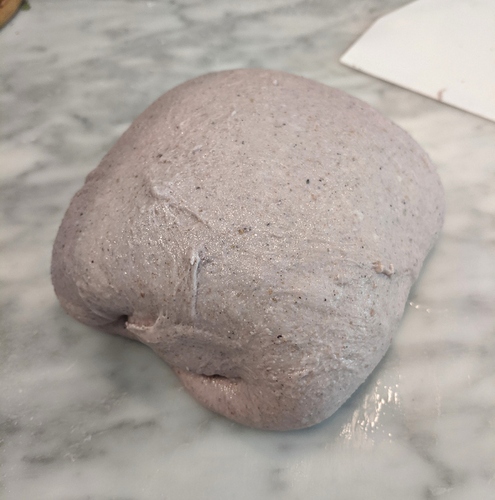
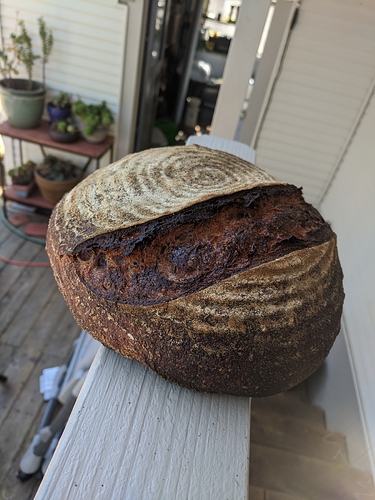
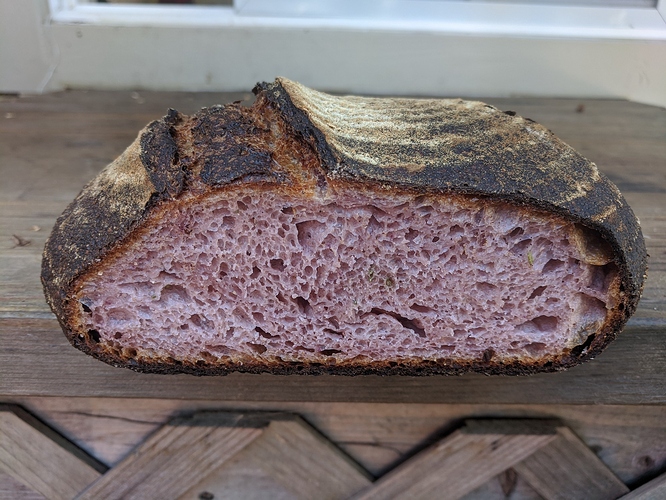

 and try this again.) One tip I found interesting was to take a bowl of water and add a couple of tablespoons of oil to it. Use it to keep your hands wet when handling the cakes. HEY WORKS ON BREAD why not corn dough.
and try this again.) One tip I found interesting was to take a bowl of water and add a couple of tablespoons of oil to it. Use it to keep your hands wet when handling the cakes. HEY WORKS ON BREAD why not corn dough.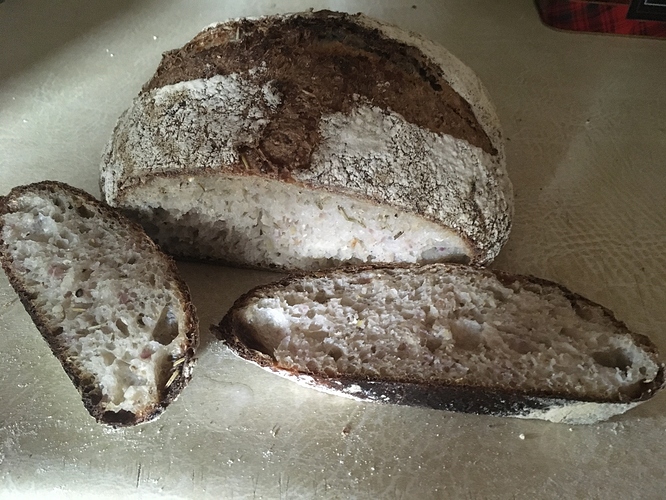


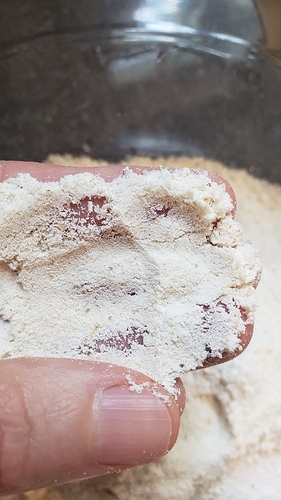
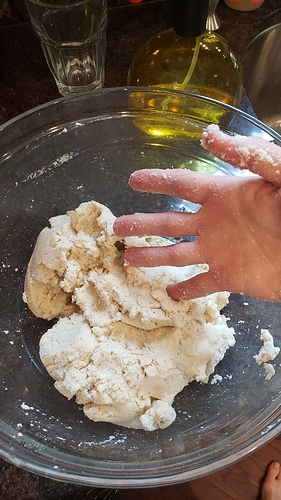
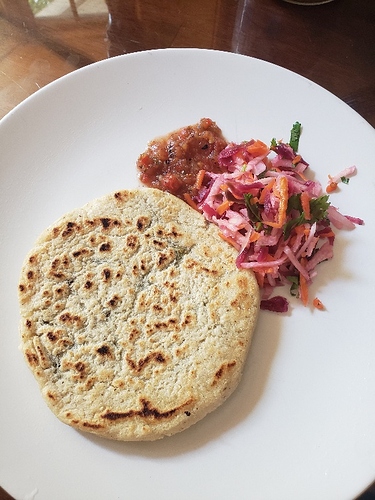
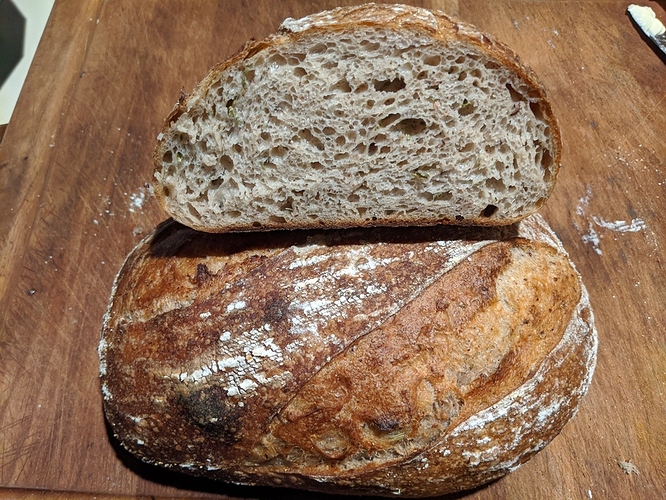



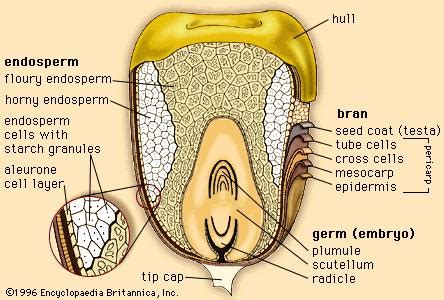
 Anyways MAYBE the commercial flour absorbs water quicker than the whole grain. Don’t know. I do have some processed blue corn I could do some tests with and see. I have to add that maybe this is the reason the home ground corn tastes so much better than commercial tortillas. Had 3 people over once and I gave them each a fresh tortilla and the response was WOW what a difference compared to a commercially made tortilla.
Anyways MAYBE the commercial flour absorbs water quicker than the whole grain. Don’t know. I do have some processed blue corn I could do some tests with and see. I have to add that maybe this is the reason the home ground corn tastes so much better than commercial tortillas. Had 3 people over once and I gave them each a fresh tortilla and the response was WOW what a difference compared to a commercially made tortilla.